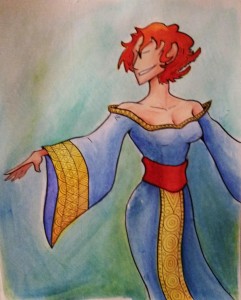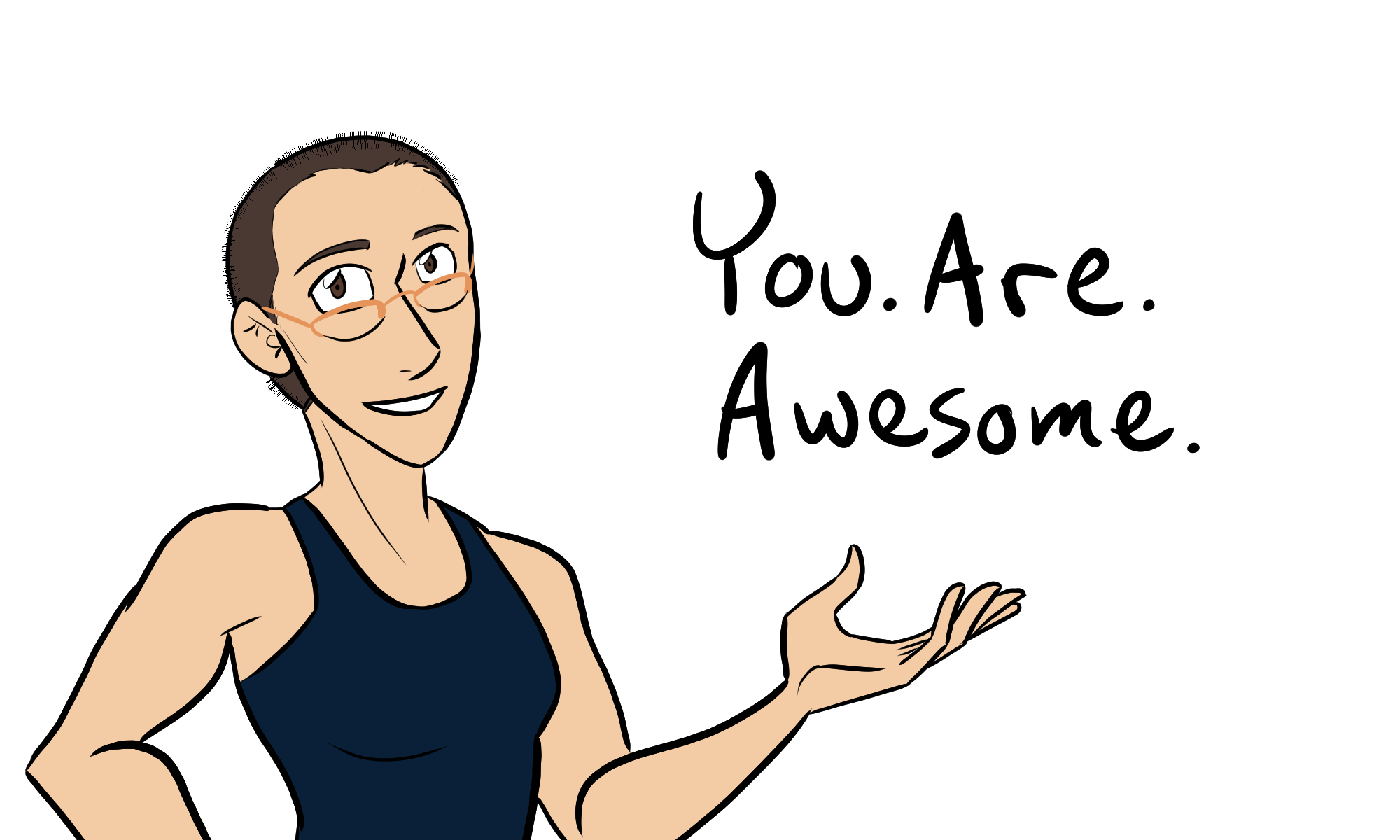
So yesterday I covered Watercolor tools and What those tools are for. If you haven’t read that yet, read it first, then come back here.
Today, I’m going to talk about how you use those tools, and share some tips I’ve picked up over the years.
The first trick to watercolor painting is deceptively simple:
Have a sketch ready.
It helps to have a foundation for your watercolor work, so sketch your subject first in pencil. NOT INKS. Many inks will smear when they come in contact with water.
The second trick is for mixing colors. Depending on whether you use cakes, tubes, or pencils, your blending techniques will vary.
With cakes, have scrap paper handy to mix on the side. That way you don’t mix on the cakes themselves.
To mix tube colors, the best surface to use is either a palette or palette paper. This will help the tube paint last longer while you work, as well, since tube paints can dry out quickly. Also, use only tiny amounts of tube paint. The pigments are strong but they dry out quickly unless you add water frequently.
With watercolor pencils, try different types of hatching and cross hatching techniques from drawing. This will give your paintings an interesting texture and provides an easy way to layer colors.
The third trick for watercolor is diluting your colors to either a) make them more transparent, or b) make them easier to blend.
Do you remember in my post “Watercolor 101: Tools,” how I said you need two containers of water? One is used to rinse out your brushes. You use the second container to dilute your colors.
So load up your brush with color, then if you need to dilute it, dip it in that second container.
The fourth trick is actually going to be a bunch of tricks. These tricks will help you get different effects in your painting.
Use these following tools to get these effects:
Sponges, which blot or absorb color. This makes painting trees, clouds, and porous surfaces easier.
Salt, to absorb the color and create rocky surfaces.
Toothbrushes, to flick color on the surface. You load up the toothbrush with color, then you brush the bristles with your thumb close to the surface. This is an easy way to make stars and sand and other grainy textures.
Rubbing alcohol, to lift up the color in splotches.
Try out other tools and see what kinds of textures you get from them!
Those are just some basics techniques to get you started.
But I understand you may have some more questions, like…
“Does it matter what brand of paint I use?”
It’s entirely up to you what brand you use. There are tons out there, and there are even some brands that make student-grade paints. Student-grade paints have lighter pigment and are cheaper than brands like Windsor & Newton. They’re good, affordable alternatives.
“I heard about Masking Fluid. What is it and how do you use it?”
Masking Fluid is a special fluid you paint onto a painting surface so color won’t paint onto it. It acts as a mask (get it?).
The way you use it is you lay down the masking fluid on the areas you don’t want paint to touch. Then you paint like normal, amd when you’re done, you just rub it off.
Have more questions? Be sure to look at this handy reference from Wet Canvas. If you still have questions, leave a comment below and I will answer to the best of my ability.
Thank you for reading! And I will see you tomorrow.
